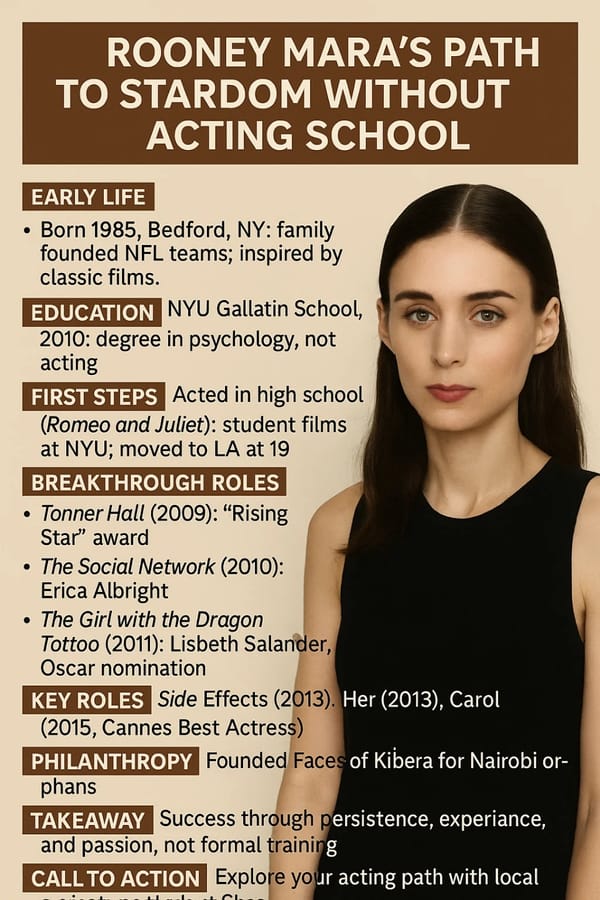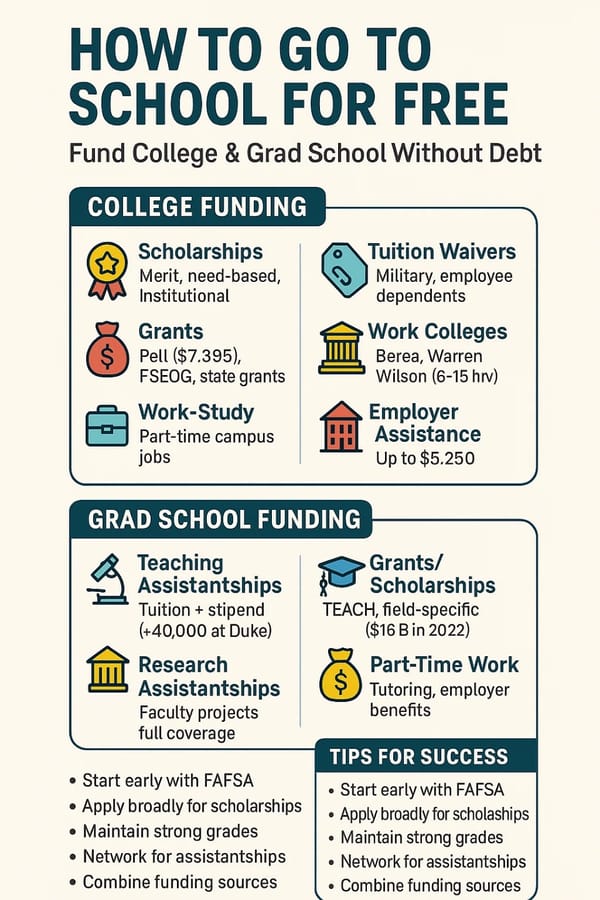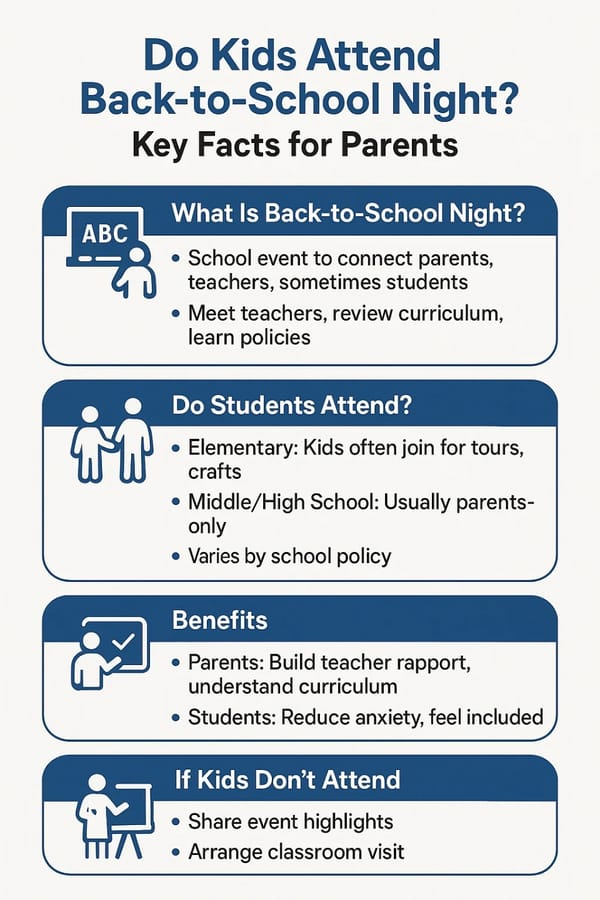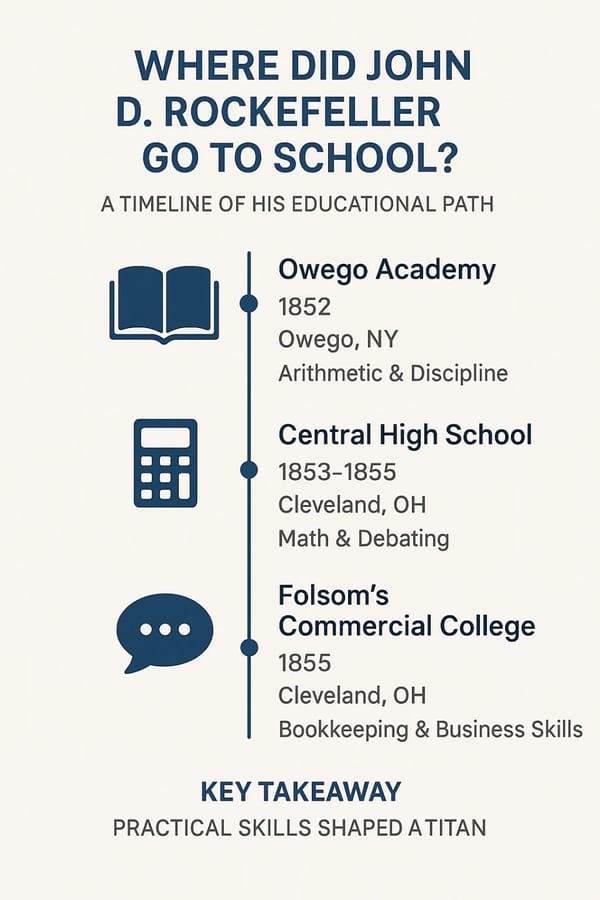Did Bobby Flay Go to Culinary School? Unraveling the Journey of a Culinary Icon
Introduction: The Making of a Culinary Legend
What drove a high school dropout to become an iconic chef in America? Bobby Flay gained fame as the energetic presenter of Beat Bobby Flay while also running famous restaurants such as Mesa Grill which made him a well-known figure in the food industry. Did Bobby Flay refine his talents through formal culinary education or did he achieve success through sheer talent and determination? Bobby Flay’s career path inspires both budding chefs and food lovers because it demonstrates how passion and determination combined with education shape culinary achievement.
Our article examines the educational path of Bobby Flay to determine if he went to culinary school and analyzes how his training impacted his career while offering lessons for up-and-coming chefs. We will explore how Flay became a culinary icon by following his journey from working in New York kitchens to becoming a Food Network star. Through my years of teaching aspiring chefs I will provide personal insights to relate Bobby Flay's experiences to the professional goals of those pursuing culinary careers.
Bobby Flay’s Early Years: A Spark for Cooking
A Childhood Love for Food
Bobby Flay’s passion for cooking ignited early. Flay entered the world on December 10, 1964, in New York City and spent his childhood on Manhattan’s Upper East Side. At eight years old he made headlines by asking for an Easy-Bake Oven for Christmas which stood out as an unusual wish for a boy during that time since the toy was marketed to girls. They agreed to his request but added a G.I. Joe toy to balance his gift selection. His parents gave him a G.I. Joe action figure alongside the Easy-Bake Oven to create balance Good Housekeeping, 2012. Flay's childhood interest in cooking which included making cakes and snacks for his family indicated the creative spark that shaped his future career.
However, Flay’s academic journey was less promising. Traditional schooling posed significant challenges for him because he found it difficult to retain information and struggled with reading and studying. During his entire school life Bobby Flay completed no homework according to a 2024 TODAY interview TODAY, 2024. He left high school when he turned 17 because he felt disconnected from classroom activities. He discovered his calling working in restaurants where he could learn through hands-on experience.
First Jobs in the Kitchen
Flay’s culinary career began humbly. When he was 17 years old his father Bill Flay from Joe Allen’s restaurant in New York’s Theater District called him to work as a replacement busboy. “He didn’t ask,” Flay recalled Biography.com, 2021. A temporary assignment for Flay evolved into a permanent kitchen position when he progressed from busboy to kitchen helper. Joe Allen himself noticed Flay’s natural talent for making sandwiches and prepping ingredients. This crucial event established the foundation for Flay's formal training in culinary arts.
Did Bobby Flay Attend Culinary School?
The French Culinary Institute: A Turning Point
Bobby Flay became a culinary school graduate and his formal education played a transformative role in his career. Bobby Flay entered the French Culinary Institute (FCI) in Manhattan at 18 years old during 1984 before it merged into the Institute of Culinary Education (ICE) ICE, 2019. Joe Allen recognized Flay's potential and paid for his tuition which Flay later identified as a pivotal moment in his life. After dropping out of high school Flay earned his GED to meet the educational requirement for culinary school admission Mashed, 2022.
The first graduating class of FCI included Flay as one of nine students who received guidance from renowned chef Antoine Shaeffers. The six-month training program required students to master essential French cooking methods such as poaching, braising, sautéing, and flambéing. Flay expressed gratitude for his culinary training because it taught him fundamental French techniques that are central to everyday cooking according to his statement Mashed, 2023. His mastery of culinary skills enabled him to transition effortlessly between French, Southwestern, and Italian dishes.
Why Culinary School Mattered
Flay learned that culinary school provided him with a foundational cooking framework beyond simple recipes. He stated during an interview with Business Casual that culinary school teaches the fundamental principles of cooking instead of just teaching recipes Mashed, 2023. The foundation he received empowered him to explore bold flavor profiles including the Southwestern spices that defined his cooking style. As an educator, I’ve seen similar transformations in my students: Mastering skills such as knife techniques or sauce preparation opens creative possibilities that transform beginners into inventive cooks.
Bobby Flay received recognition for his work during his tenure at FCI. The institute honored him with the Outstanding Graduate Award in 1993 as recognition of his exceptional talent and commitment to his craft. At present, Bobby Flay supports students by awarding full scholarships through the Bobby Flay Scholarship program for which he selects recipients at the Long Island City Culinary Arts Program.[1]
From Culinary School to Culinary Stardom
Early Career: Learning from the Best
Bobby Flay entered New York’s dynamic restaurant environment right after finishing school in 1984. During his time as a sous-chef under Jonathan Waxman at Buds and Jams Flay uncovered Southwestern flavors like chiles avocados and black beans which became essential to his culinary identity. Flay credits Jonathan Waxman for being his first culinary mentor who taught him about good food. The guidance Flay received from Waxman along with his education at FCI enabled him to develop his innovative culinary skills.
Flay's culinary career advanced significantly during his tenure as executive chef at Miracle Grill in the East Village from 1988 until 1990. Restaurateur Jerome Kretchmer noticed his bold Southwestern dishes because they attracted a group of dedicated fans. In 1991 Bobby Flay and Jerome Kretchmer launched Mesa Grill together which became the pivotal project that established Flay’s culinary status Food Network, 2025.
Mesa Grill and Beyond
Flay’s flagship restaurant Mesa Grill opened its doors on New York’s 5th Avenue. The restaurant opened its doors on January 15, 1991, and received critical acclaim which included the Best Restaurant title for 1992 from Gael Greene at New York Magazine Superprof, 2020. Bobby Flay became distinctive through his Southwestern cuisine creations such as New Mexican spice-rubbed pork tenderloin served with bourbon-ancho chile sauce. After a successful operation the restaurant expanded to Las Vegas and the Bahamas where its Las Vegas location received a Michelin Star in 2008 Recipes Wiki.
Flay developed a restaurant empire starting with Bolo Bar & Restaurant in 1993, followed by Bar Americain in 2005 and Bobby Flay Steak in 2006 before opening Bobby’s Burger Palace which has expanded to multiple locations. Amalfi in Las Vegas represents Bobby Flay’s ability to incorporate Mediterranean flavors into his culinary repertoire Bobby Flay’s Website. Flay's culinary ventures demonstrate his mastery of techniques learned at FCI which validates the enduring influence of his culinary training.
Food Network Fame
Bobby Flay’s combination of magnetic personality and exceptional cooking skills made him a perfect fit for television appearances. Bobby Flay made his Food Network debut in 1994 by hosting Grillin’ & Chillin’ and Iron Chef America. His competitive spirit shone on Throwdown! with Bobby Flay and Beat Bobby Flay Britannica, 2024. His culinary reputation reached iconic status through his production of 16 television shows alongside 20 cookbooks and four Emmy Awards. The Hollywood Walk of Fame honored Bobby Flay in 2015 by awarding him its first-ever star dedicated to a chef Hollywood Walk of Fame, 2019.
My personal viewing of Flay’s shows has demonstrated how his friendly demeanor motivates amateur cooks. Flay uses his FCI hands-on learning background to simplify difficult cooking methods such as grilling the ideal steak. Bobby Flay’s television appearances provide aspiring chefs with an exemplary demonstration of combining culinary expertise with engaging personality.
The Value of Culinary School: Lessons from Flay’s Journey
Why Culinary School Matters for Aspiring Chefs
The journey of Flay illustrates how culinary education can be a powerful transformative force. FCI taught him more than recipes because he discovered a universal cooking language. Flay described braising and sautéing as fundamental methods for daily cooking Mashed, 2023. His culinary education foundation enabled him to switch between Southwestern and Mediterranean cuisines effortlessly.[2]
Aspiring chefs gain structured learning paths and professional recognition through culinary school. According to a 2023 Culinary Institute of America study 78% of restaurant employers show a preference for hiring formal culinary school graduates because of their technical skills and professionalism. Flay took advantage from ICE School's practical experience and industry connections and exposure to culinary leaders early in his career.
Can You Succeed Without Culinary School?
Flay's journey prompts the inquiry of whether culinary school is a necessary step for success. Flay’s early achievements resulted from his innate talent combined with practical learning experiences rather than his FCI education. Professional chefs such as Gordon Ramsay demonstrate that real-world training and guidance from mentors can replace traditional culinary school education. Flay endorses culinary education because he believes it develops both confidence and versatility Culinaryschools.org.
My experience in education has shown that students can succeed both when they receive formal training and when they do not. Culinary education speeds up learning but requires unwavering passion and persistence similar to Flay's. Here's a quick comparison for those evaluating different learning paths:
| Aspect | Culinary School | Self-Taught |
|---|---|---|
| Learning Speed | Structured curriculum leads to faster learning | trial-and-error approach slows down educational progress |
| Cost | Tuition costs range from $10,000 to $50,000 | require students to find relevant job opportunities |
| Networking | access to industry connections | depends on workplace relationships |
| Credibility | formal education | Skills must demonstrate their value through practical experience |
Practical Tips for Aspiring Chefs
Aspiring chefs can learn from Flay’s career path by following these practical tips that will help them succeed.
- Start in a Kitchen: Following Flay's initial steps at Joe Allen's means starting at any available position such as busboy or prep cook to understand how kitchens operate.
- Seek Mentorship: Connect with a culinary mentor such as Jonathan Waxman to steer your path. Ask questions and observe.
- Consider Culinary School: Enroll in the ICE program for structured training if your budget permits ICE.
- Experiment with Flavors: Flay’s Southwestern flair came from curiosity. Try new ingredients at home.
- Build a Personal Brand: Flay's television achievements demonstrate how personality strengths can lead to success. Share your creations on social media.
Conclusion: Bobby Flay’s Recipe for Success
Bobby Flay transformed from a high school dropout into a culinary icon through his passion for food and the educational opportunities he pursued. His attendance at the French Culinary Institute enabled him to master French techniques that formed the foundation of his career. Flay's narrative extends beyond his academic credential to emphasize the importance of opportunity-taking and creative learning. Bobby Flay's rise from Joe Allen’s beginnings to his Food Network dominance demonstrates how formal culinary training combined with persistent effort leads to success.
For aspiring chefs and food lovers, Flay’s path offers inspiration: The kitchen offers rewards to those who enter through culinary school education or self-directed determination and bring innovation to their work. So, what’s your next step? Discover a new recipe, apply to work at a kitchen establishment or investigate culinary programs at institutions like the Institute of Culinary Education ICE. Let us continue the dialogue by sharing your culinary aspirations in the comments below.
Flay demonstrates his commitment to giving back by providing scholarship support to the next generation of chefs. ↩︎
The French Culinary Institute continues to excel as a top culinary training center after merging with ICE. Aspiring chefs choose this school because of its demanding curriculum and its strong ties to the industry. ↩︎






